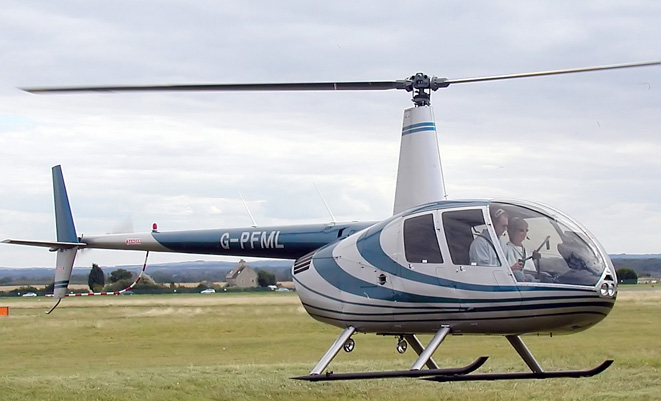
Robinson 44 helicopters fitted with C016-7 main rotors blades can return to the air after the Civil Aviation Safety Authority (CASA) lifted the grounding of the aircraft.
However, the helicopters are subject to new rules, with operators required to carry out a visual inspection of the main rotor blades before every flight for any signs of damage under a new airworthiness directive issued on Tuesday.
CASA grounded the Robinson 44 helicopter on Saturday, following advice from air crash investigators looking into a fatal incident involving the aircraft on February 19 near Queenstown, New Zealand.
A scene examination suggested the R44, fitted with Dash 7 blades, may have experienced an in-flight main rotor blade failure.
CASA said on Tuesday pilots who detected any unusual rotor system vibration during flight must land immediately and have the blades inspected by an engineer.
There were 485 Robinson 44 helicopters registered in Australia, CASA said, with a “significant number” fitted with the C016-7 main rotor blade.
CASA said the New Zealand Civil Aviation Authority had also lifted its decision to ground the R44 helicopters with C017-7 blades, and imposed the same inspection requirements.















Darryl
says:i don’t understand all the politics of this,but it’s a bit late when your over the mountains or over the escarpment of Armhern land with no where to land just to put the machine down.
How many more accidents before something is down.its bit like Russian roulette now.
Martin
says:Darryl,
I am not a pilot, but reading the line “CASA said… pilots who detected any unusual rotor system vibration during flight must land immediately” made good sense to me. It obviously doesn’t mean plunge into rough terrain or a forrest etc, it means land as soon as you safely can before your whole main rotor might come apart. If I was a helicopter pilot and detected unusual vibrations, I wouldn’t need a CASA directive to decide to do that anyway! Presumably the instruction to inspect rotors prior to flight is to help ensure any pre-existing cracks visible to the eye are spotted so further reducing risk of in-flight failure. Once again, I thought such pre-flight checks would have been fairly routine anyway.